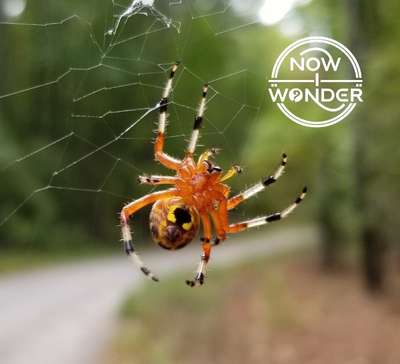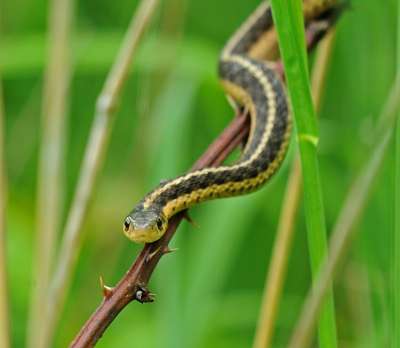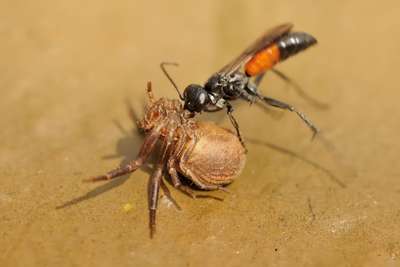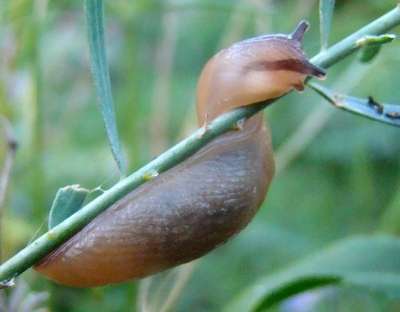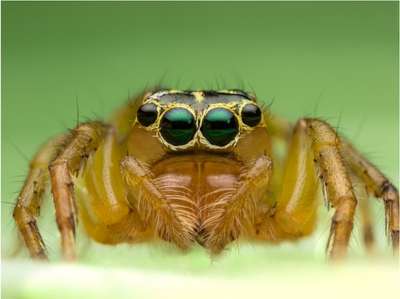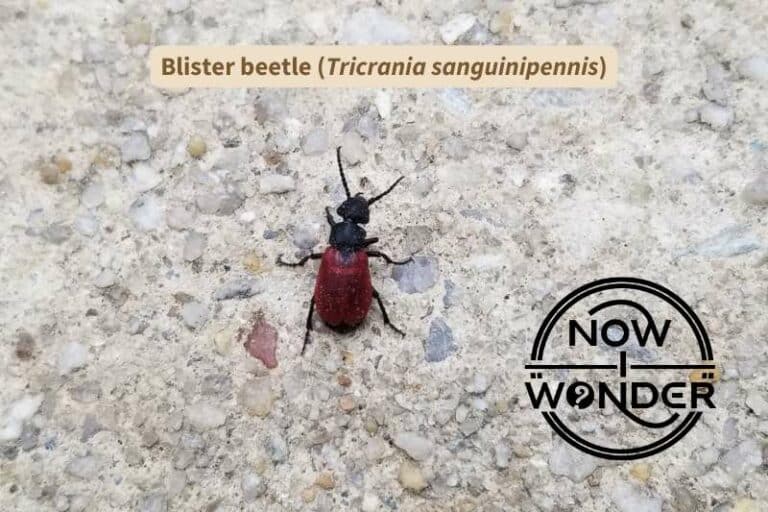Jumping spiders represent both the largest and the most researched family of spiders within class Arachnida. Worldwide, nearly 6,000 species have been identified and more than 300 species live in the United States. Most are small, fast, and active during the day, which means they are relatively easy to spot. Some people are so charmed by their appearance and unique behaviors that they keep these spiders as pets.
This post is the first in a series about jumping spiders and introduces these fascinating arachnids. The following posts in the series cover their unique abilities and how these spiders evolved to utilize them for the survival of their species.
What are jumping spiders?
Jumping spiders are arachnids classified within family Salticidae in class Arachnida, order Araneae. Also called salticid spiders, they display a distinctive eye arrangement, rectangular carapaces, and predatory behavior that involves jumping onto prey from distances of many spider body lengths.
The popularity of these arachnids is not only due to the sheer number of individuals and species. Read on for some cool facts about these diminutive but fascinating spiders.
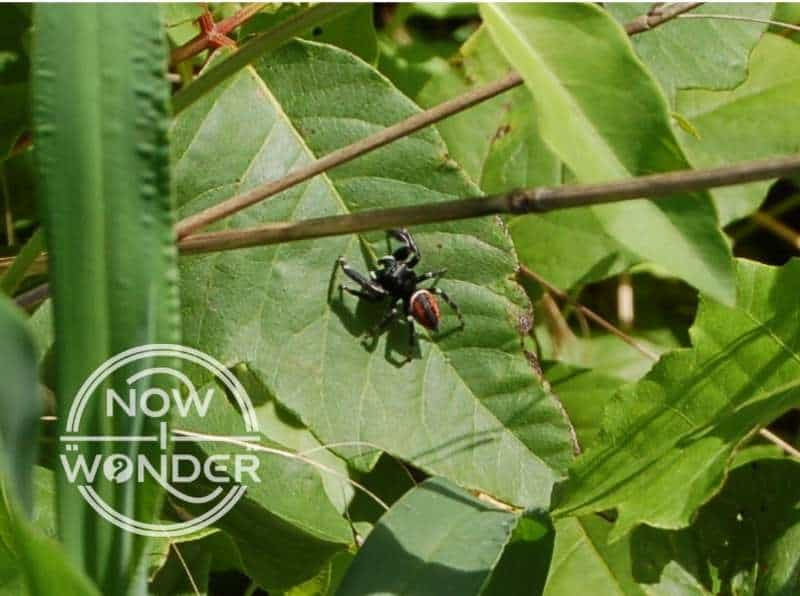
How can I identify a jumping spider?
Up close, jumping spiders are identified by four large, round eyes in flattened faces and four much smaller eyes on their backs. From a distance, they are distinguished by their rectangular cephalothoraxes and their four front legs which are bulkier and slightly longer than the two hind pair.
To learn more about each of the eight eyes and why the arrangement is so important, check out my post “Jumping Spiders #2 – A look at their incredible vision“.
Where do jumping spiders live?
Jumping spiders live on nearly every continent and in a wide variety of habitats, including tropical and deciduous forests, agricultural areas, deserts, and mountains. They inhabit every niche in which their small insect and invertebrate prey live.
Why are they called jumping spiders?
Spiders within family Salticidae are commonly called “jumping spiders” because they pounce upon their insect or arachnid prey from a distance. When they spot a likely victim, they carefully judge the distance, crouch down, then launch themselves into the air.
The ability to jump is unusual in the world of spiders; most spider species either spin webs to passively entangle passing prey or simply rush up it on their eight legs. To learn more about this impressive ability, check out my post “Jumping Spiders #3 – A detailed look at a special skill: Jumping”.
Are jumping spiders friendly?
Jumping spiders have not evolved the ability to form true social and emotional connections but display characteristics which humans can interpret as “friendly”: large eyes in flat faces, a habit of facing humans head-on, response to operant conditioning, and potential to habituate to human presence.
Humans are social creatures that rely on making connections with others and we tend to prefer creatures that look like we do, even if the likeness is subtle and restricted to only one or two characteristics.
Our eyes are large, have rounded pupils, and are positioned in essentially flat faces. Since we use vision as a primary means of experiencing our environment, we tend to have positive instinctive reactions to creatures that have prominent, wide open eyes also, like dogs, horses, guinea pigs, and sugar gliders. The largest eyes on jumping spiders are located in relatively flat faces, so they seem more attractive to us that other spider species like wolf spiders or argiopes.
Salticid spiders continually reposition themselves to face approaching humans, at least until the moment they decide to flee. This behavior is related to how their vision works, and is an instinctive rather than emotional response. Humans are used to inferring emotions from body language; people who are not afraid of spiders may interpret jumping spiders’ habit of turning towards us as “friendly”.
Like any creature, jumping spiders have a certain capacity to habituate to their environment and respond to positive reinforcement. Habituation basically means becoming used to familiar objects and events that do not cause negative consequences. Jumping spiders are both predators and prey; they survive by eating other creatures but other creatures also eat them. So they are very attentive to their environment and will flee from perceived threats.
Humans are much bigger than jumping spiders so when a jumping spider sees us approach, it will consider us a threat and behave accordingly, always ready to run or leap away.
But if a jumping spider is exposed to humans over and over again, and nothing bad happens to it, it may relax our presence. And if something good happens – like a pet jumping spider receives a insect snack from the human consistently – then the spider may develop positive associations with the experience of being approached by humans.
Over time, it may become more tolerant of close approach and display anticipatory behaviors that the human may consider friendly, such as scuttling closer.
Why do jumping spiders stare at you?
Jumping spiders are visually-oriented predators who evolved superb eyesight and visually monitor their surrounding for potential threats and opportunities. When a jumping spider stares at you, it is keeping you in its field of view and deciding if you are predator or prey.
Jumping spiders rely on vision to locate prey, navigate their environments, and spot predators. They have amazing telescopic, camera-like eyes that can see color and details and secondary eyes that can sense movement within a full 360 degree field of view.
Jumping spiders survive largely because of this incredible vision. To learn more about how their eyes work, check out my post Jumping Spiders #2 – A look at their incredible vision“.
To learn about how these spiders catch prey, check out my post “Jumping Spiders #4 – As Predators“.
To learn about how these spiders avoid becoming prey themselves, check out my posts “Jumping Spiders #3 – A detailed look at a special skill: Jumping” and “Jumping Spiders #5 – As Prey“.

Are jumping spiders blind?
Jumping spiders have excellent eyesight; they are not blind. Their eyesight is acute and sensitive to color, changes in light levels, and movement. The arrangement of their eyes provides 360 degree views of their environment and the high acuity lets them judge distances precisely.
Can spiders see you looking at them?
The acuity of spider vision varies by species. Jumping spiders have very acute vision and can resolve both colors and fine details to recognize when they are being observed. Other spider species have poorer vision and would be unable to distinguish the details of the human face.
Why do jumping spiders like windows?
Jumping spiders can be found near windows for two reasons. First, their insect prey can often be found near windows. Second, their vision is acute enough to allow them to see reflections in glass. A jumping spider may gaze at its own reflection, thinking it a fellow spider.
Are jumping spiders intelligent?
Animal intelligence is hard to quantify but jumping spiders display behaviors that imply complicated cognition. Jumping spiders actively hunt prey, which requires cognitive tasks such as identifying prey, judging distances, forming goals, path-finding, and using working memory.
Do jumping spiders eat Black Widow spiders?
Jumping spiders can and will attack and kill black widow spiders (Latrodectus mactans), despite the risk of being envenomated by the black widow in self-defense. Spiders are both predatory and cannibalistic so individuals will attack and eat other spiders, even of their own species.
Despite being numerous, active during the day, and widely studied by scientists, most people know less about jumping spiders than about other more famous spiders such as tarantulas and black widows. They are amazing natural wonders that have “gone their own way” and evolved skills and unique behaviors that distinguish them from all the other spiders within order Araneae.
| Kingdom | Animalia |
| Phylum | Arthropoda |
| Class | Arachnida |
| Order | Araneae |
| Family | Salticidae |
Related Now I Wonder Posts
For more information about spiders, check out these other Now I Wonder posts:
- What are wolf spiders?
- Jumping Spiders #2 – A look at their incredible vision
- Jumping Spiders #3 – A detailed look at a special skill: Jumping
- Jumping Spiders #4 – As Predators
- Jumping Spiders #5 – As Prey
- Are spiders bugs?
- Do spiders have teeth?
- Do spiders have blood?
For more information about spider relatives in class Arachnida, check out these other Now I Wonder posts:

